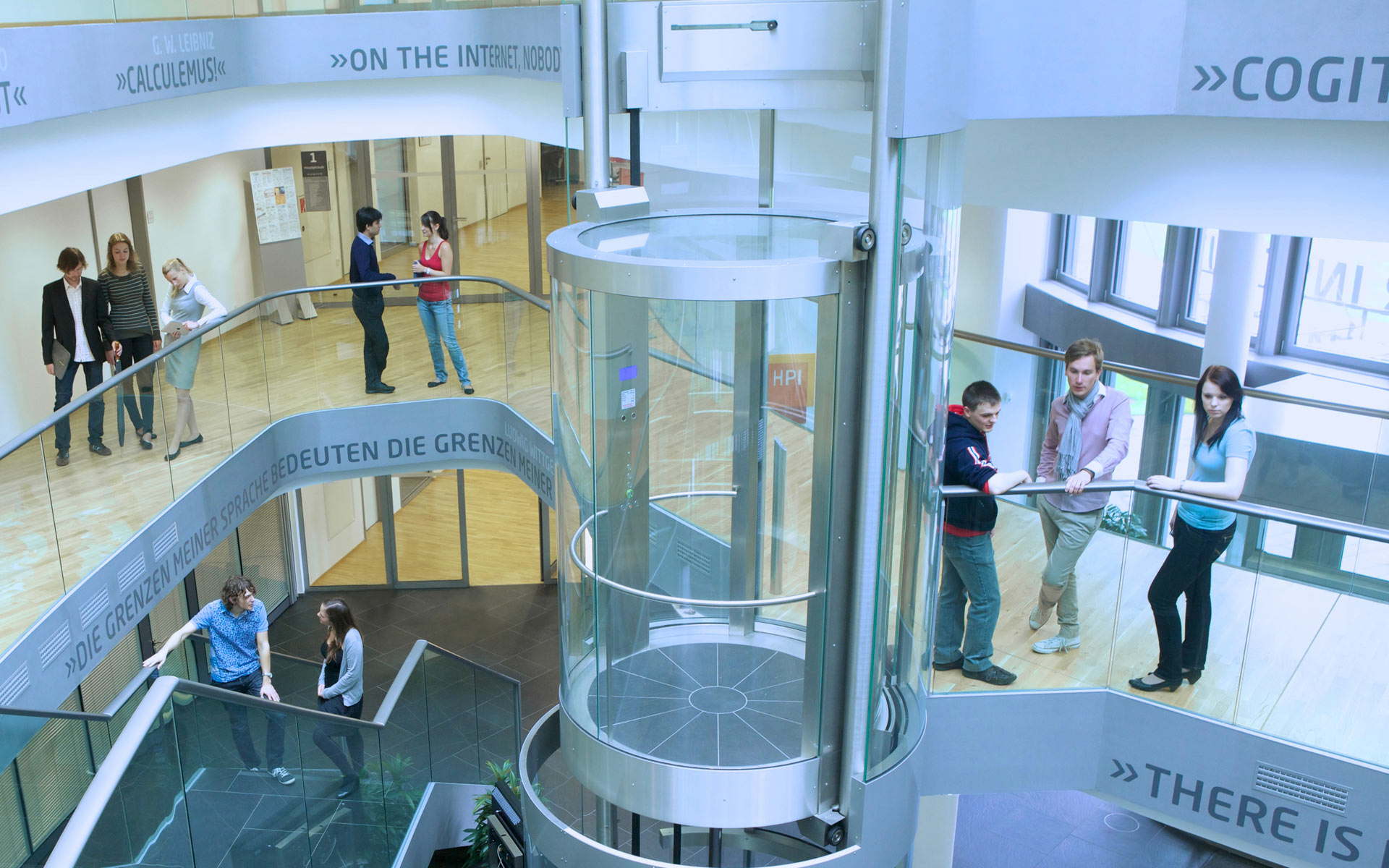In this seminar, research staff members and students introduce their word in the area of information systems. Frequently, we also welcome guests to report on their work.
Everybody is welcome to attend the talks.
Anja Jentzsch coordinates this research seminar.

